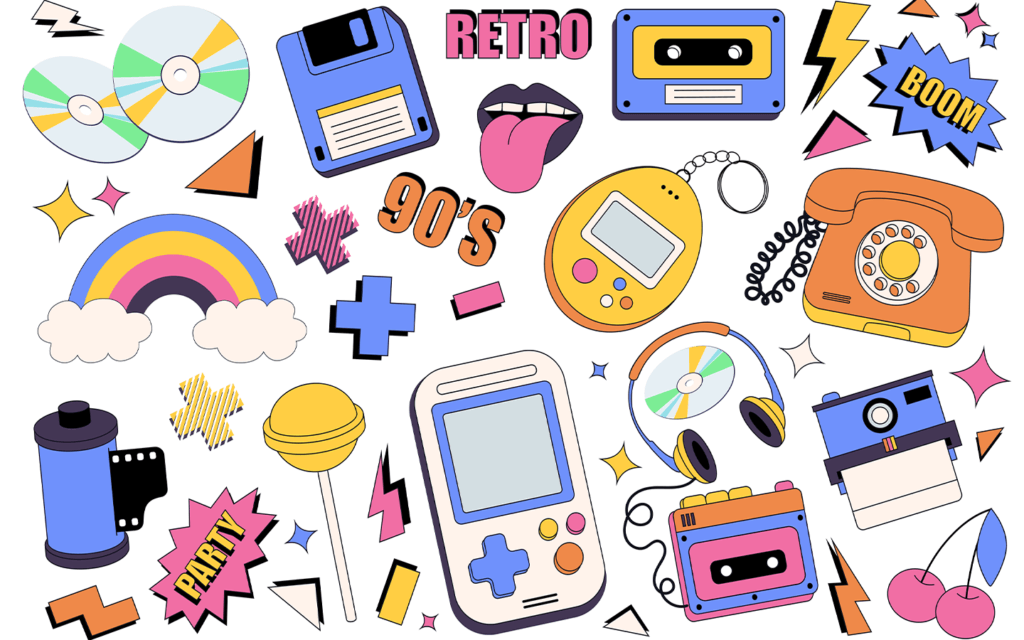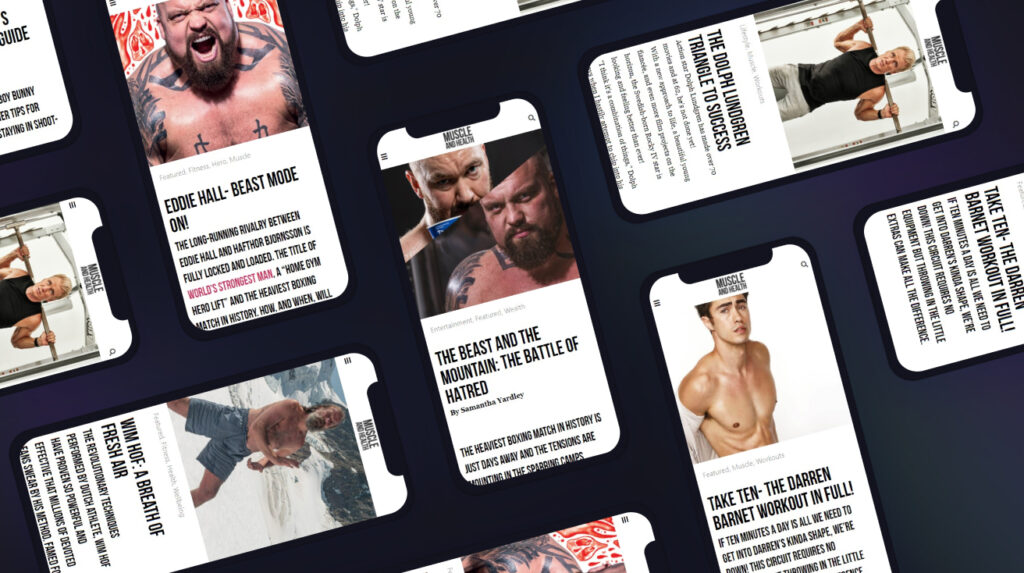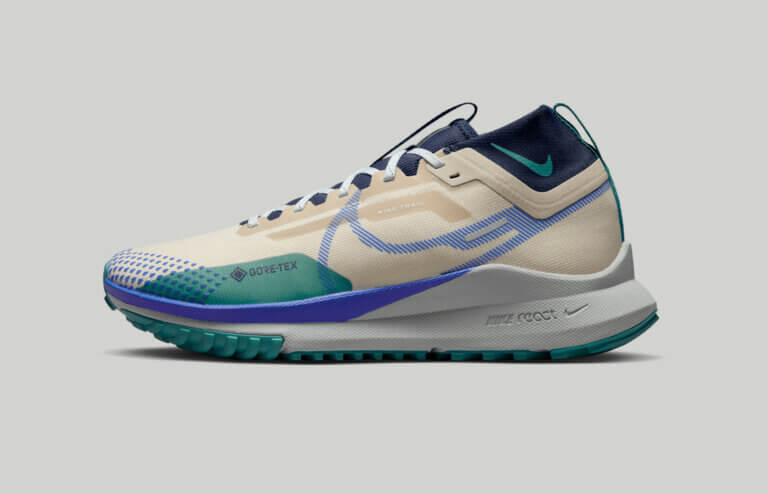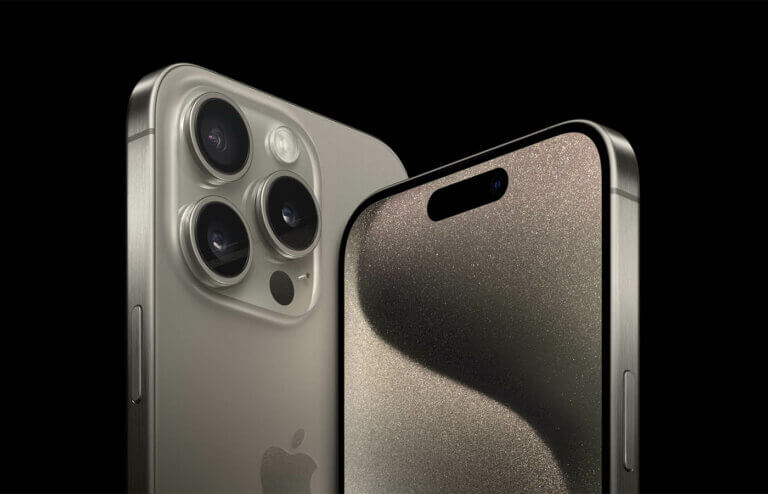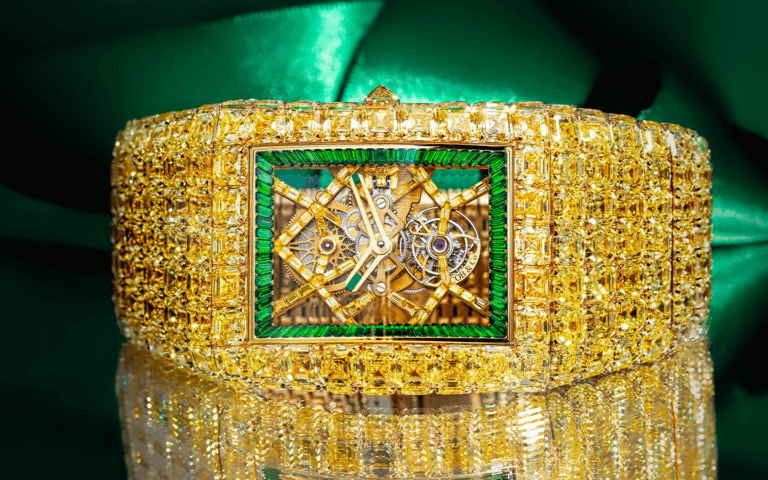“Nostalgia is a way of remembering things that never happened but still seem better than the present.”
Irish novelist Edna O’Brien might have been onto something.
In 2023, it’s evident that we hold an ever-growing soft spot for the past, fuelled by the rose-tinted view of the pioneering eras of the 1970s, 80s and ’90s.
The past dominates modern culture, ironic given the plethora of new concepts, technology, opportunities, and potential in our day-to-day lives.
Need proof?
Have a look next time you’re out – everywhere around you will be littered with multiple generations nodding towards 90s inspired clothing choices, advertisements for the latest blockbuster hit taken straight from the brains of 80’s filmmakers, along with cafes and eating establishments boasting vintage decor to appeal to the trendy masses.
Nostalgia runs deeper than just materialistic and visual cues, however.
It’s powered by a curved seahorse-shaped organ on the underside of each temporal lobe, a formation in the human brain more commonly known as the Hippocampus.
But it doesn’t act alone. Combined with the amygdala the powerhouse behind memory, and a range of feelings that are attached to flashbacks helping cultivate our nostalgic flutterings.
A song, smell, view, conversation. The likelihood of going through a single day without experiencing transportation back to a time you once associated as the golden era has become slim due to our era-confused society.
Nostalgia links us to accomplishments, escapades, memories, companionships, and locations; the array is endless.
The catalysts for these links are even more varied and individualistic for each of us. The sole universally acknowledged fact about nostalgia is its intriguing mixture of joy and wistfulness.
Yet, the longing to rewind time and briefly inhabit those instances isn’t innately harmful. It allows us to revisit a fragment of our history and contemplate what shapes us into the individuals we’ve become today.
Romanticizing the past is unavoidable in 2023. Sure, we may lack originality in some aspects, but incorporating elements of history that could hold poignant and profound personal meaning is poetic.
That all sounded instead…nostalgic.
Which generations are driving nostalgia?
According to a 2023 GWI report, in terms of generational sentiment, Gen Z takes the lead as the most nostalgic cohort, with 15% expressing a preference for reminiscing rather than contemplating the future. Not far behind, Millennials hold a substantial 14%, while this inclination gradually diminishes with age.
Nostalgia isn’t just a personal sentiment; it’s also shaping the media landscape, led by the influence of Gen Z and Millennials.

While every generation experiences a degree of nostalgia, the younger cohorts are currently propelling the trend forward, after a challenging couple of years. Education disruptions, employment struggles, and the upheavals caused by the Covid job market have disproportionately affected them.
The cost of living crisis and the looming specter of recession are concerns shared by many, but these issues weigh more heavily on the shoulders of the youth, who are still carving out their career paths.
In light of these challenges, the younger generation seeks solace in an era before the dominance of social media. Interestingly, despite being born between 1997 and 2006, a surprising 37% of Gen Z expresses nostalgia for the 1990s – when some were mere tots, and others hadn’t even entered the world yet.
So, why the 90s allure?
For Gen Z, it’s all about the overall ambiance. The decade symbolizes carefree times, a period characterized by pure enjoyment. Considering the complex and demanding reality of recent years, it’s understandable why Gen Z yearns for the simplicity of the past.
1: Hollywood’s Reliance on the Past
Film remakes are nothing new. Hollywood has been remastering and adapting old titles for decades, but is it just us, or are they more frequent than ever now?
Whether it’s live-action adaptations such as The Lion King, Dumbo, Aladdin and Lady and the Tramp – coincidentally all released in 2019 – or big blockbuster re-imaginings like Dune, it’s a fair assumption that scriptwriters are beginning to lag in the creativity department.
In fairness, remakes are guaranteed money-makers for the most part. After all, films with pre-formulated audiences with memories attached to the title, characters, plot and lore are more accessible to sell than something unknown.
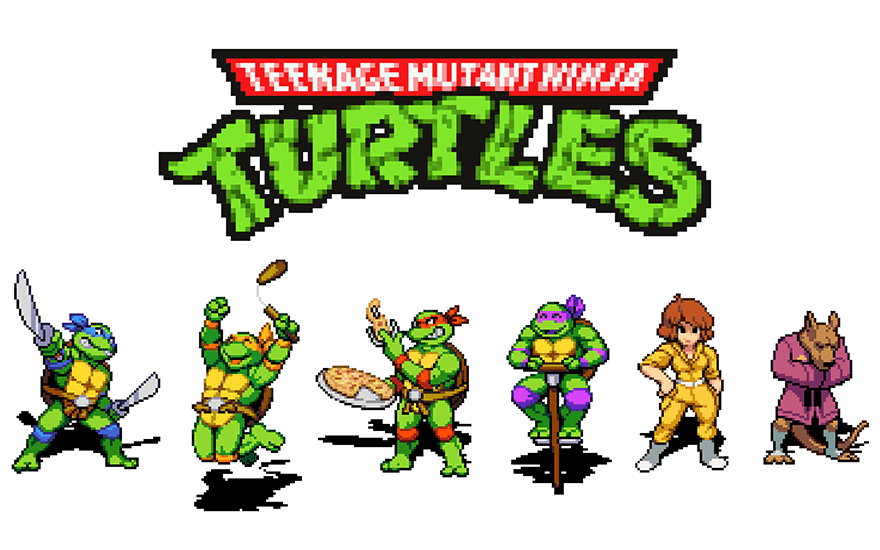
Take the pre-mentioned Lion King live-action remake of 2019, which made $1,633 billion at the box office, a massive leap on the $833 the 1994 original collected.
The most crucial aspect of any film is the call to make a profit, and these sequels, reboots, and remakes of popular movies from the past are certainly making a big splash.
Top Gun: Maverick made an eye-watering $1.485 billion at the box office following its release in 2022, 36 years after the original was released, and it currently boasts a 96% rating on Rotten Tomatoes.
We’ve also witnessed the rebirth of the Ghostbusters franchise on two separate occasions since 2016: a further foray into the temples for Indiana Jones and Harrison Ford, another trip down the rabbit hole with Matrix: Resurrections, and the reintroduction of Toby Maguire and Andrew Garfield in the Spiderman series.
Callbacks and easter eggs littered throughout movies and television are tried and tested, and it works for the most part. Admittedly, they don’t always hit the mark or serve the story or characters any purpose other than a sentimental shot in the arm, but someone out there watching will be affected positively.
Many believe the drive for nostalgia-based comfort through film and TV is a consequence of the COVID-19 pandemic, offering a warm hug in the form of comforting, relatable and escapism during an unsettling period.
Movies are the number one trigger for all generations when it comes to nostalgia, according to GWI, and the remake Runaway Train shows no signs of stopping. Let’s give Harrison a rest, though.
2: Y2K and 70’s inspired threads
Vintage clothes. Retro looks. Kilo sales. The kids are fantastic these days. Well, it depends on your interpretation of the term. Ten years ago, the thought of jeans being separated from the curve of your leg would send a shiver down the spine, but now it’s a case of baggier the better.
Also known as Kaybug and Cybercore, Y2K fashion is all the rage, too. A period of time fossilized between 1997 and 2004, think futuristic and tech-loving fashion with a distinctive style blending pop culture and tech advancements from the millennium.
This generation has orchestrated a vibrant resurgence of fashion trends from the 90s and the early 00s. Glitter-infused details, iconic claw clips, and the once-ubiquitous Von Dutch caps are back in vogue.
Fashion brands have been forced to meet the vigorous demands for these blasts from the past. For instance, Everlane introduced the “puddle pant,” a style that serves as the perfect counterpoint to the reign of skinny jeans. The popularity of this style is undeniable, as evidenced by a staggering 6,000-strong waitlist of eager individuals seeking to snag a pair.
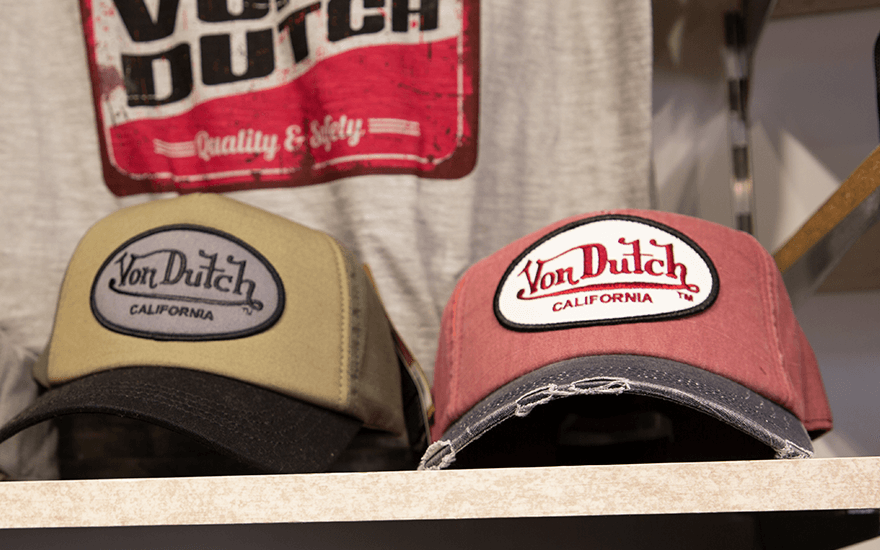
Want further evidence the big trouser leg is in?
Look at J.Crew’s giant chinos, the brand’s most comprehensive fit and an homage to the ’90s.
Aside from Y2K and abnormally large trousers, Men’s Flair highlighted the top trends for male fashion in 2023, which included big collars, relaxed fits, varsity jackets, and the return of dad shoes. There’s also been a shift towards the 1970s, so often coined as the definitive era for men’s fashion, with corduroy, velvet, bold cardigans, suede jackets and roll necks transforming modern-day males into Michael Caine impersonators.
3: Through the vintage lens
In an age where you can pick up a camera with 4K quality and an abundance of technical features that are far too complicated to dive into, the simple yet timeless Polaroid continues to sell by the million.
Before focusing on the impact of polaroid cameras in the modern day, it’s crucial to rewind the clock a bit. In February 1947, the Land Camera was unveiled to the world, named after its inventor, Edwin Land, before it went on sale during Christmas 1948. Fast forward 15 years, and Polaroid introduced the first Polacolor film, allowing instant camera owners to take color photos for the first time.
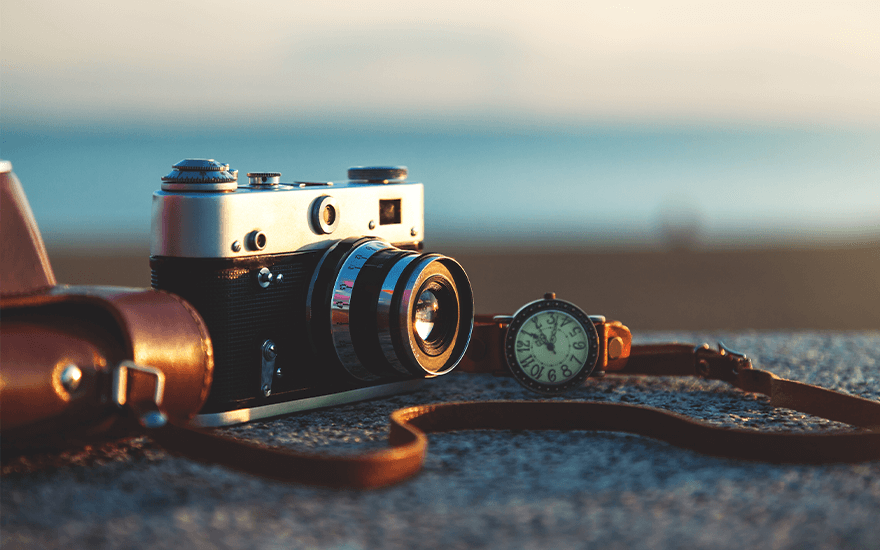
Decades of success and positive impact on popular culture followed. Still, the advancements in technology and competitors such as Kodak saw the digital photography boom take over in the 1990s, eventually leading to Polaroid’s filing for bankruptcy in 2001.
But that isn’t the end of the story. The savior? Nostalgia.
The potent magic of the word extends its grasp even to the technology of yesteryears, breathing new life into artifacts like vinyl records, cassette tapes, and VHS tapes. The trend has swept up both Gen X and Millennials, who yearn to rekindle a flicker of their youthful days, something the new wave of instant cameras can offer up.
Who needs 4K when you can indulge in the vintage feeling of simply pointing, clicking, and viewing?
Today, Polaroid crafts contemporary instant cameras designed to evoke the aura of their counterparts from bygone decades while shimmering with a novel gleam. Say cheese.
4: TikTok’s musical revival
Turn on your radio or stream the latest releases on the music market, and you’re likely to get a swift sense of deja vu. The melody sounds familiar, but you need help pinpointing the root. That’s likely because it’s just a rip-off or remix that sampled a track from yesteryear.
Take David Guetta and Bebe Rexha’s I’m Good (Blue), a remix of Eiffel 65’s 1998 mega-hit Blue (Da Ba Dee). Rexha told Rolling Stone, “It’s nostalgic to when I was younger. Listening to Eiffel 65’s original song was just a fun record we put together naturally.”
Had it not been for the TikTok algorithm, the track may never have seen the light of day. It’s a familiar story. The social media platform has been a critical player in musical nostalgia and has helped revive some old songs. Creator Nathan Apodaca filmed himself skating down a highway, drinking cranberry juice and lip-syncing Fleetwood Mac’s 1977 hit Dreams. The video gained 41 million views, and Apodaca became a viral sensation.
@420doggface208 22secs of Vibes 1yr ago today thx you all for what has come from this video the love,support,smiles,strength it brought out in others #thanks #tiktok ♬ Dreams (2004 Remaster) – Fleetwood Mac
Social media is giving old songs a new audience.
TikTok has also had an impact on how people tune in. Outside of China, Gen Z who use TikTok are 8% more likely than the average Gen Z to listen to music using CDs or vinyl and 8% more likely to listen to 80s music.
TikTok could be an excellent place to start for brands looking to use nostalgic media.
The music itself naturally makes humans nostalgic. It’s science. Neuroimaging has unveiled a fascinating dance within our brains ignited by songs. This rhythmic interaction ignites a symphony of various brain regions, and as they play their tunes, we’re gifted with a grand surge of dopamine.
When we encounter those melodies repeatedly, especially during moments etched into our memory or pivotal stages in our journey, they become imprinted, often enduring a lifetime.
Just don’t ask us to listen to Guetta’s Blue remix again.
5: Nostaligacore taking over homes
A charming fusion of nostalgia and modern flair has returned timeless vintage home trends to the spotlight.
The enchantment of yesteryears has even grasped the attention of homeowners, prompting a revival of ageless design elements that seamlessly bridge the gap between eras.
From the refined aesthetics of the Victorian era to the sleek contours of mid-century modernism, homeowners are warmly embracing these enduring trends, weaving a thread of history and character into the fabric of their living spaces.
The most trendy interior trend is the Y2K Renaissance. Think fluffy furnishings, flashy colors and novelty noughties decor. Zebra print rugs and inflatable furniture. The early 2000s hold a sense of carefree nostalgia for many of us, a sentiment widely acknowledged by designers.
The resurgence of Y2K fashion is a deliberate attempt to recreate that aura of yesteryears.
The comforting familiarity tied to the styles we cherished two decades ago has the magical power to transport us back to those golden days.
All hail curved furniture and novelty lighting.
But that’s not all. Reviving the spirited and vivid aesthetics of the late 1970s and early 1980s, IKEA recently unveiled the second iteration of its 80th anniversary collection, Nytillverkad.
Honoring its extensive legacy, the renowned brand renowned for budget-friendly, DIY furniture is delving into its design successes of yesteryears while infusing them with a contemporary flair.
Expect a profusion of bright orange hues, dynamic graphic patterns, and sleek designs as this new collection graces a range of furniture and decor items.

